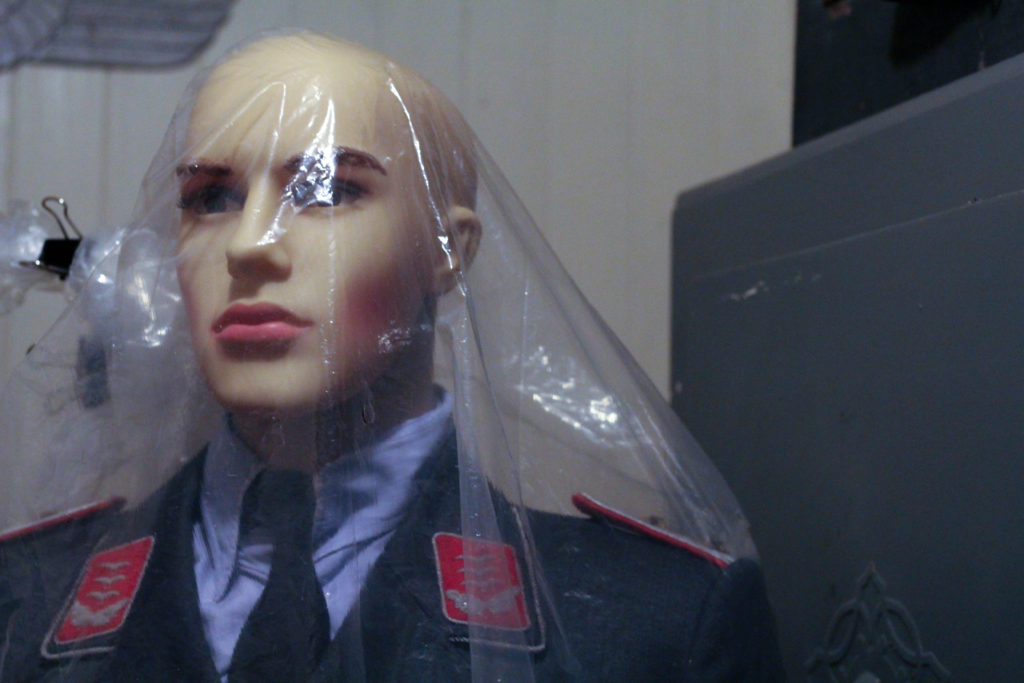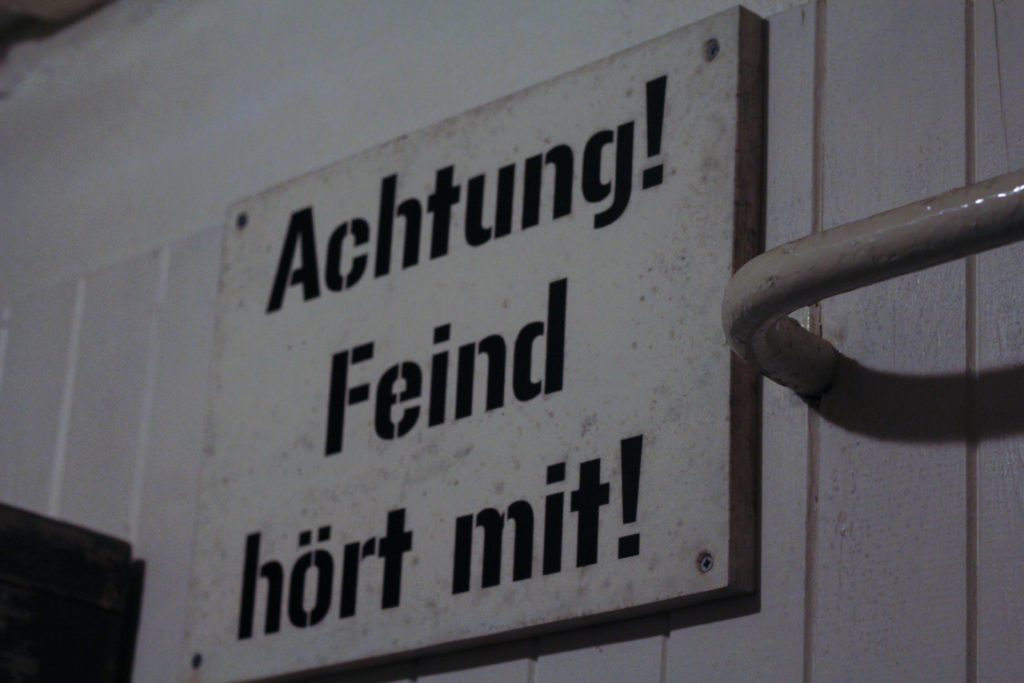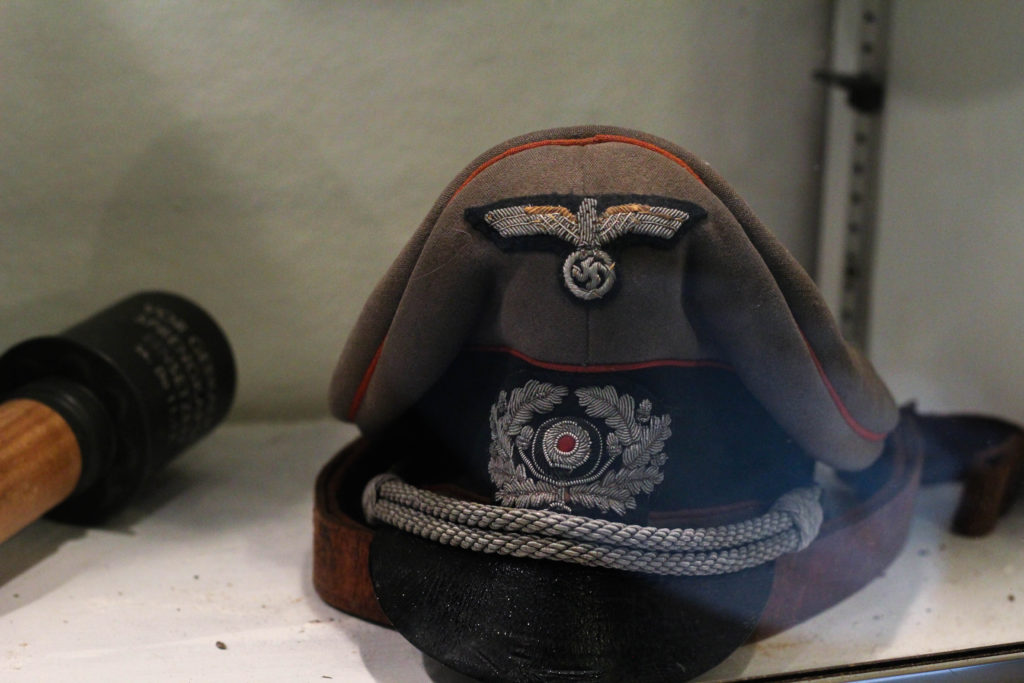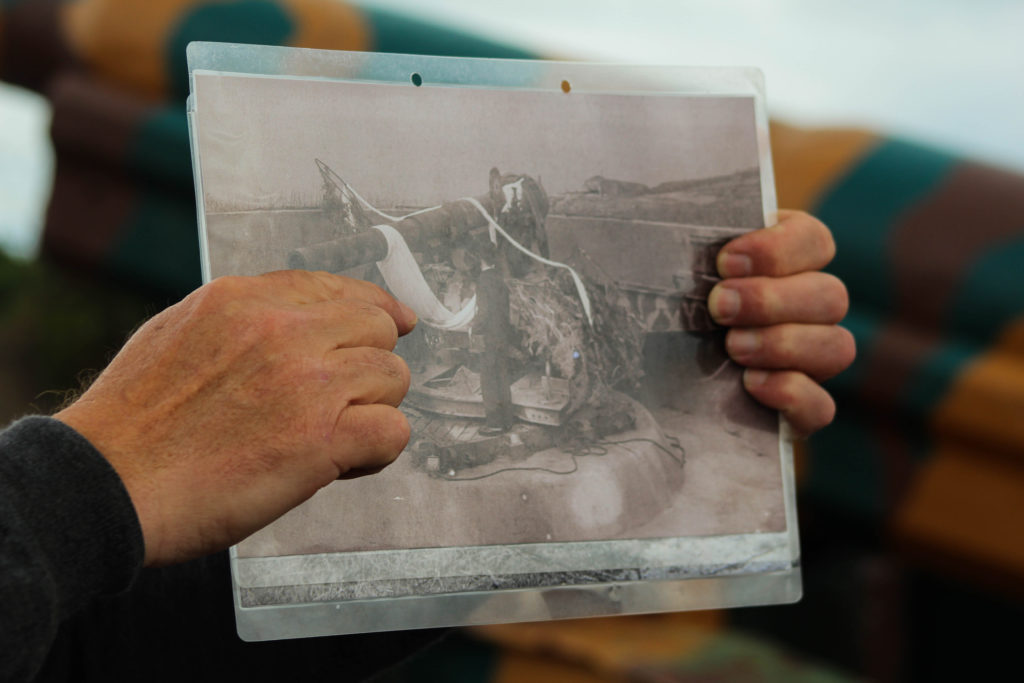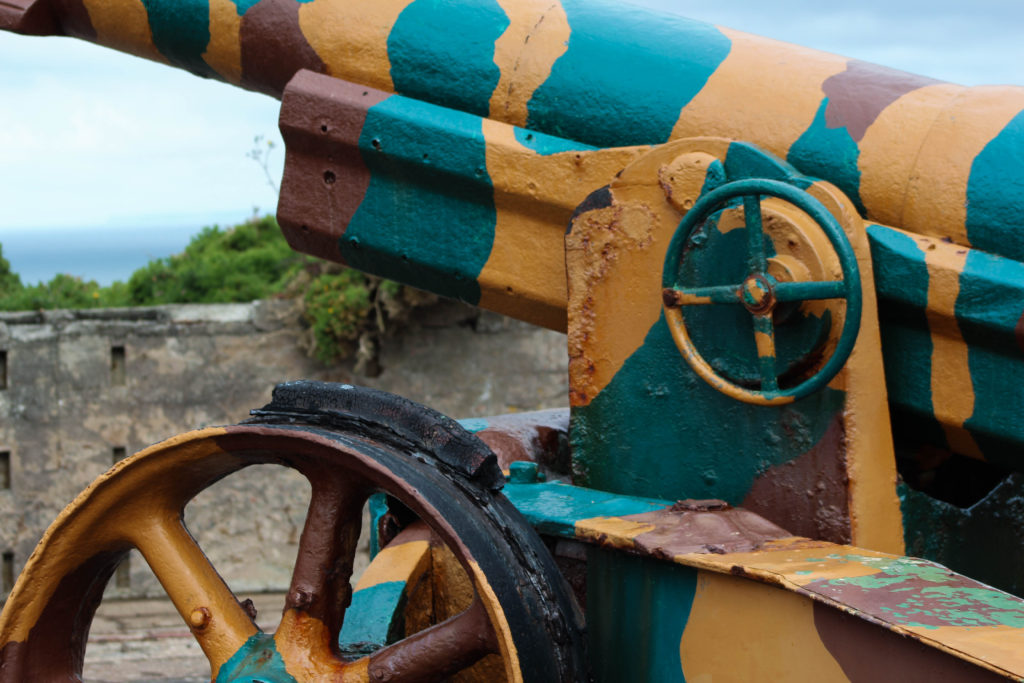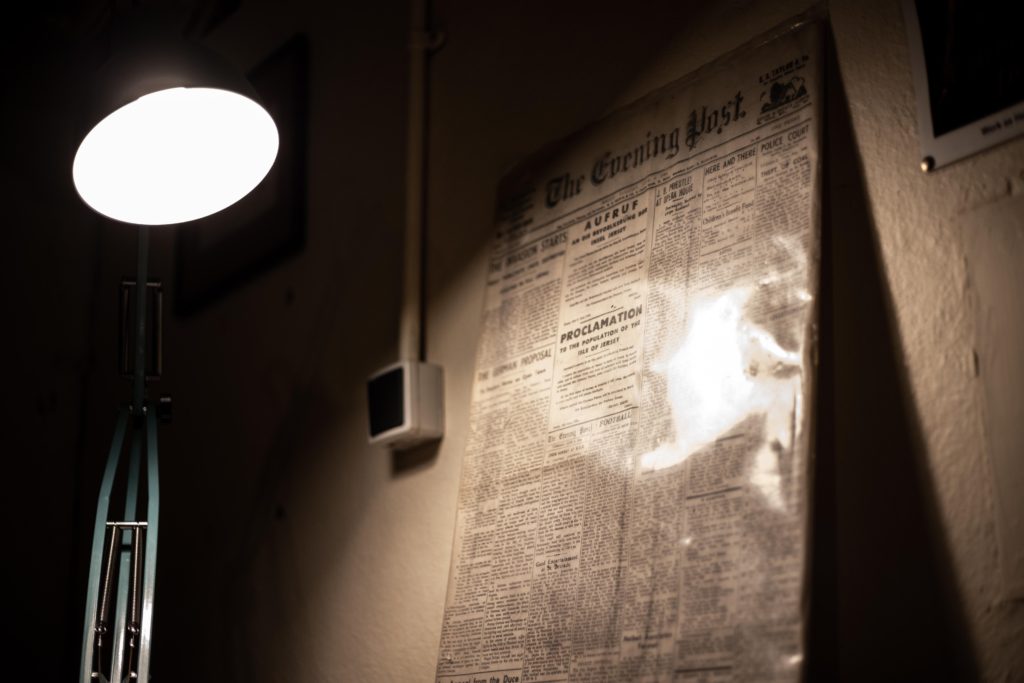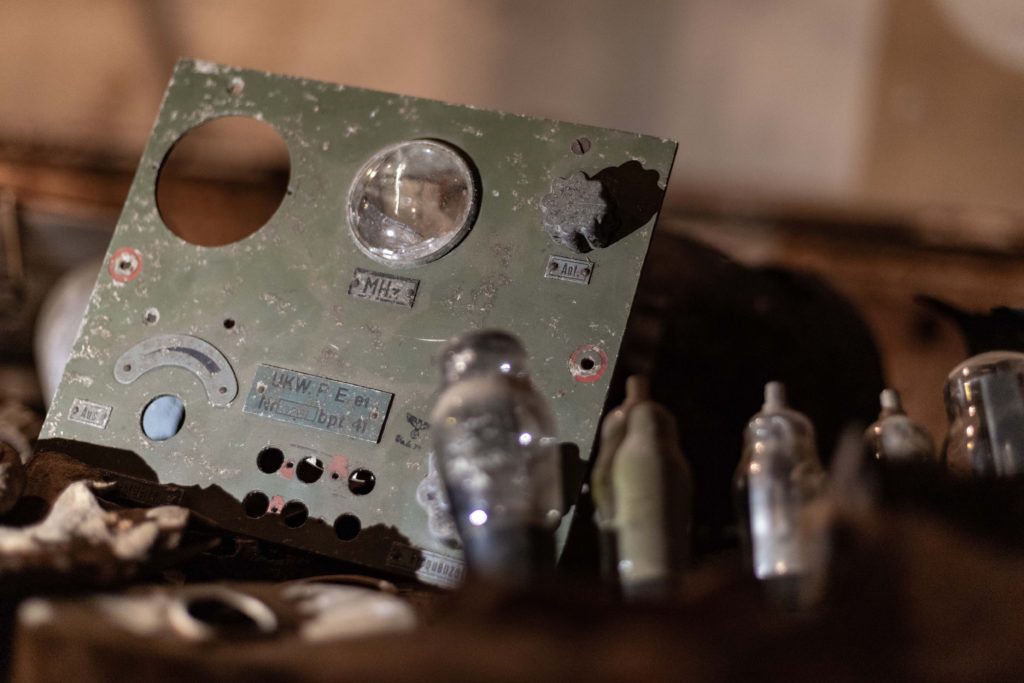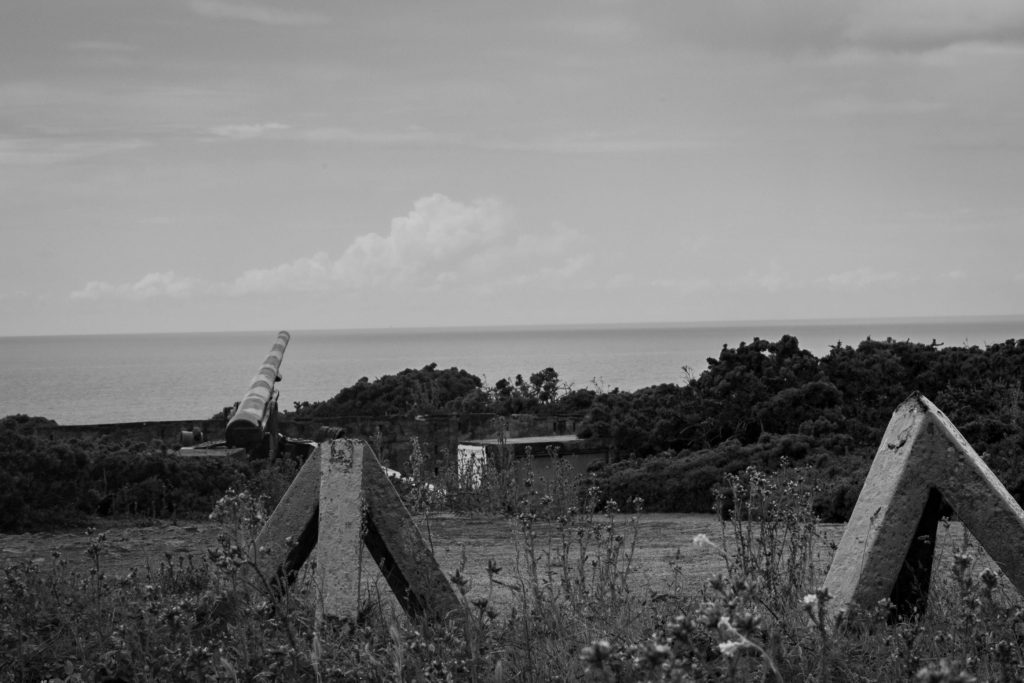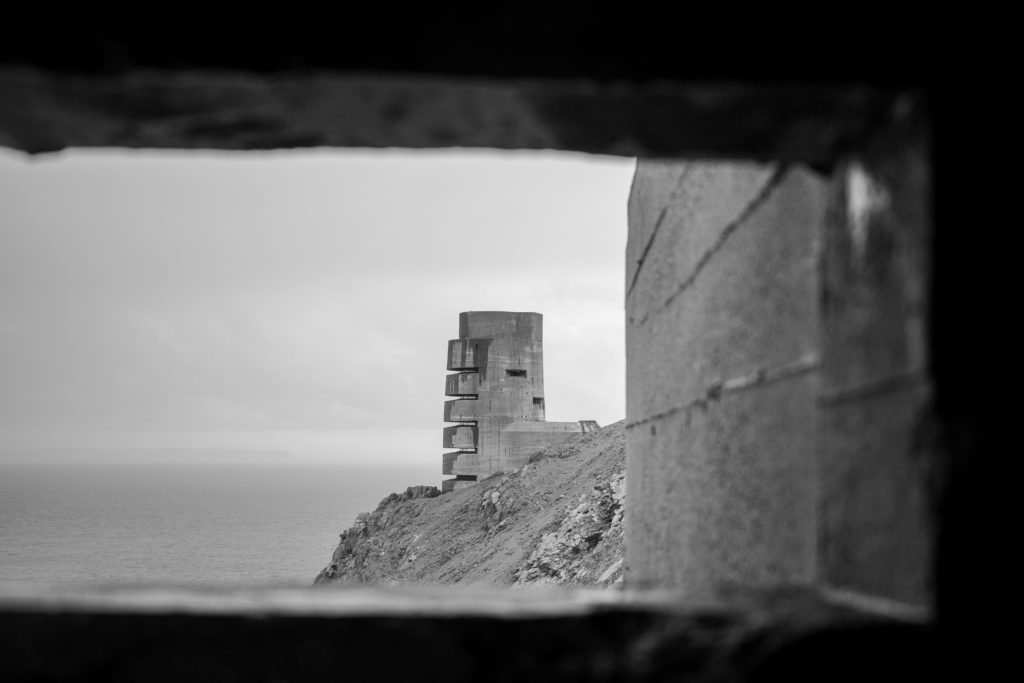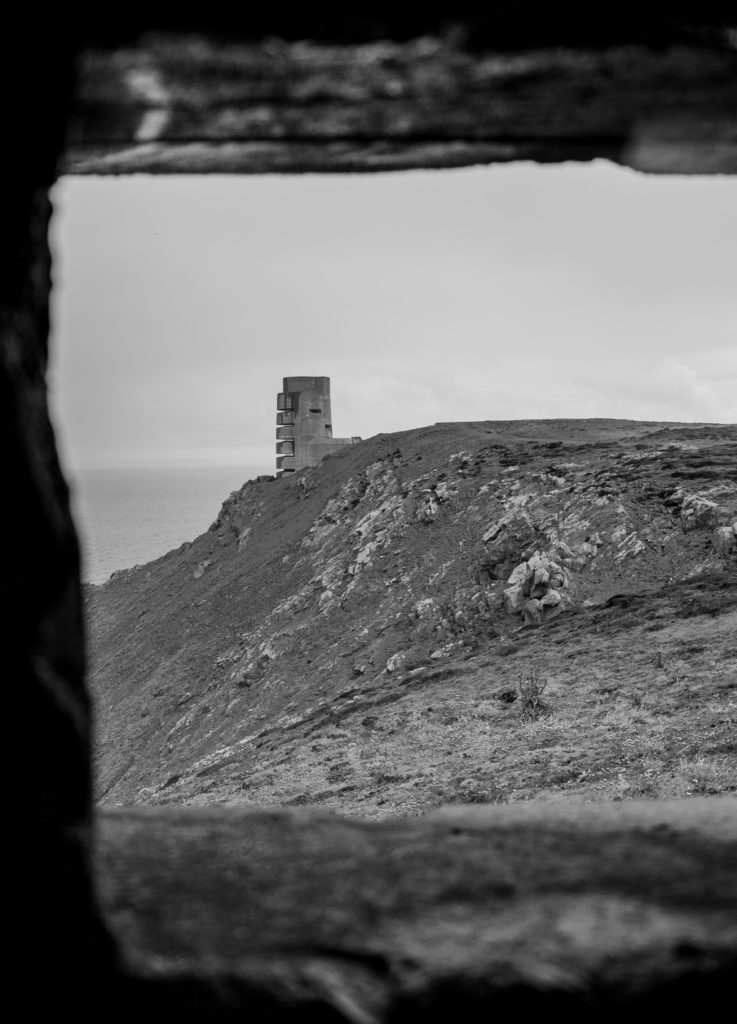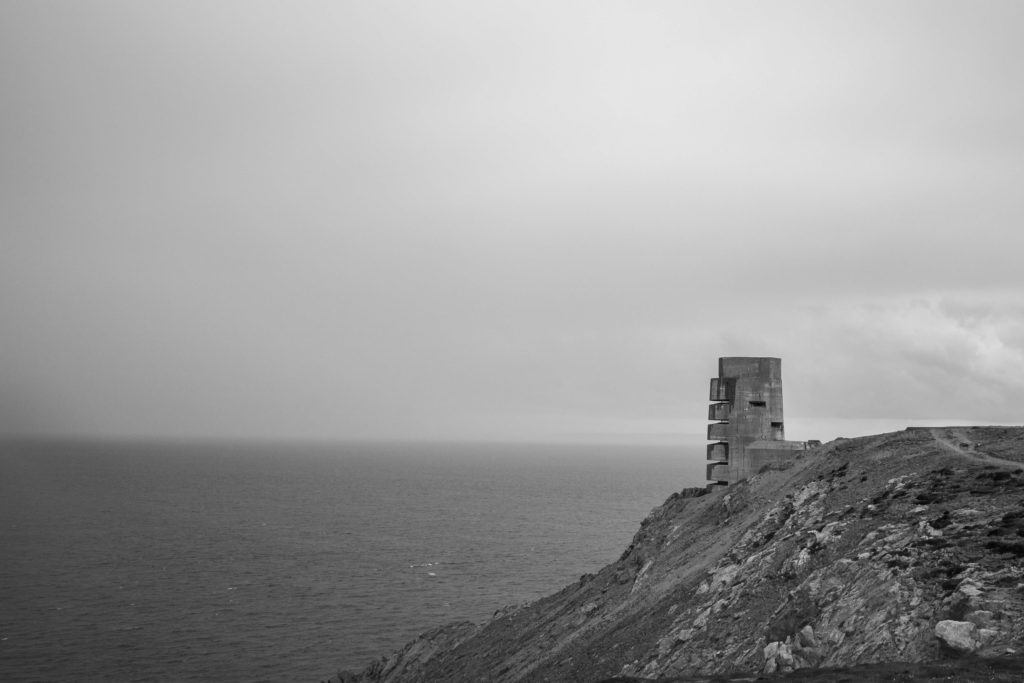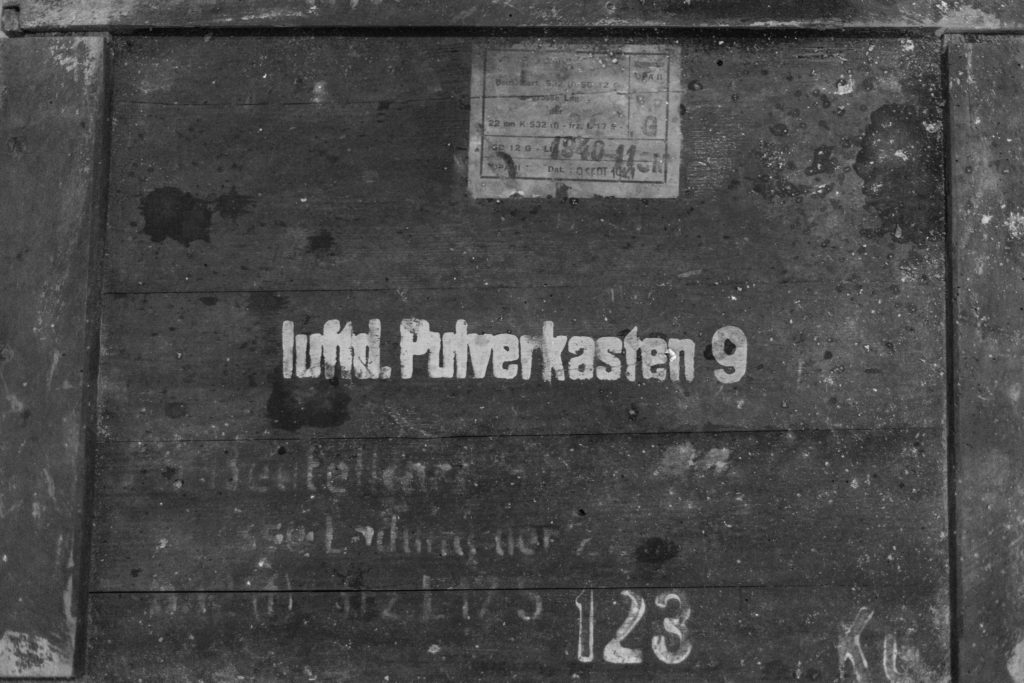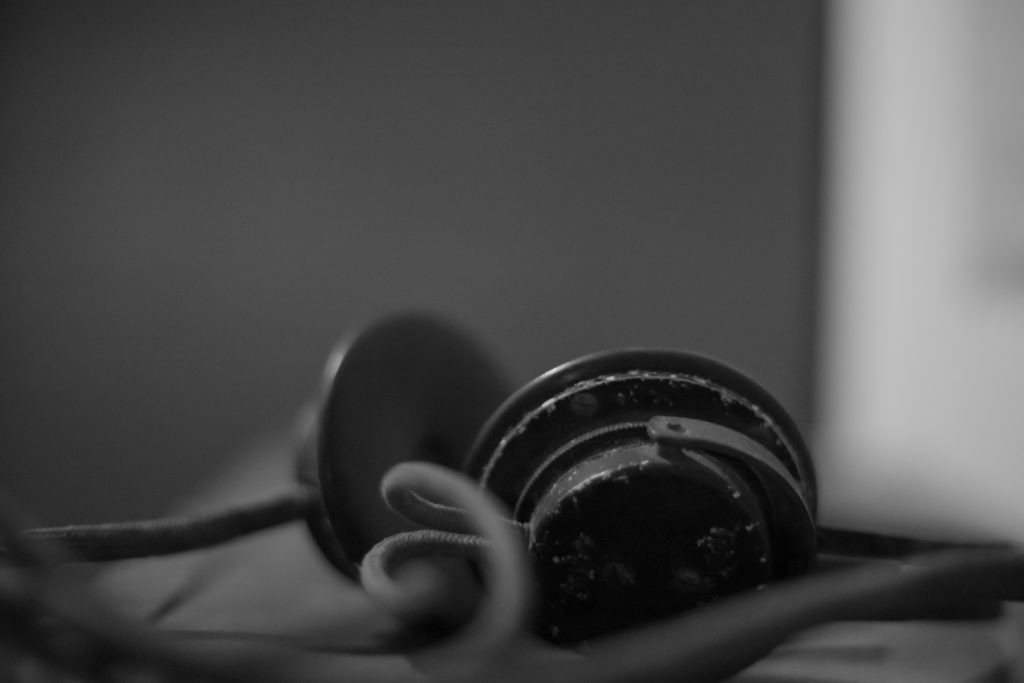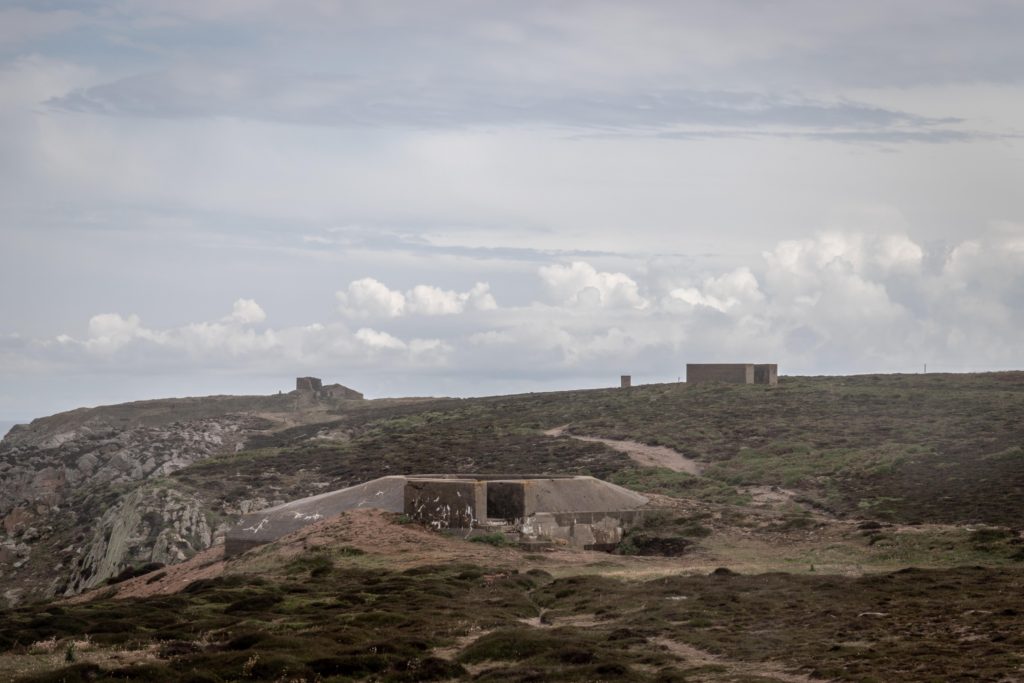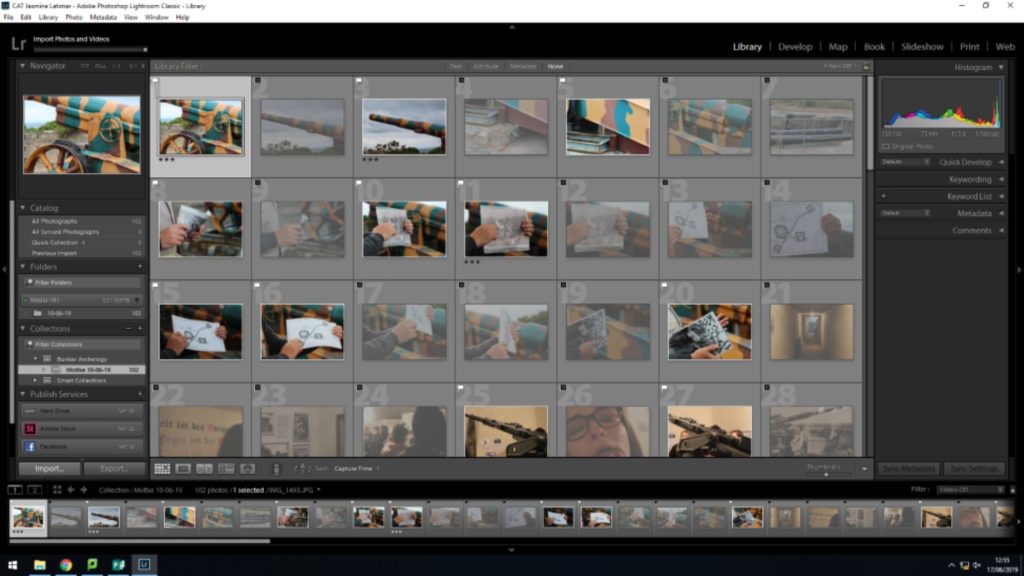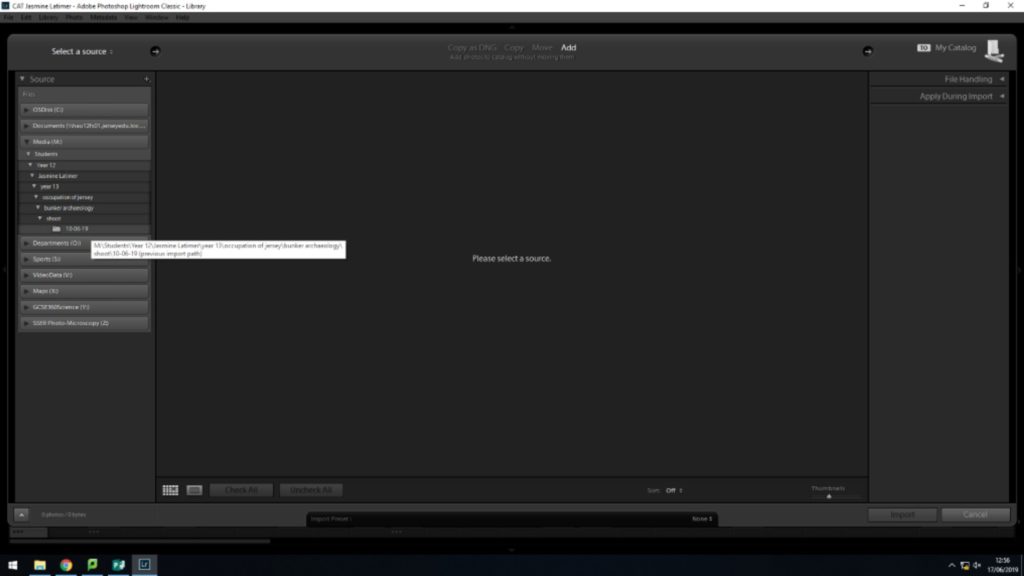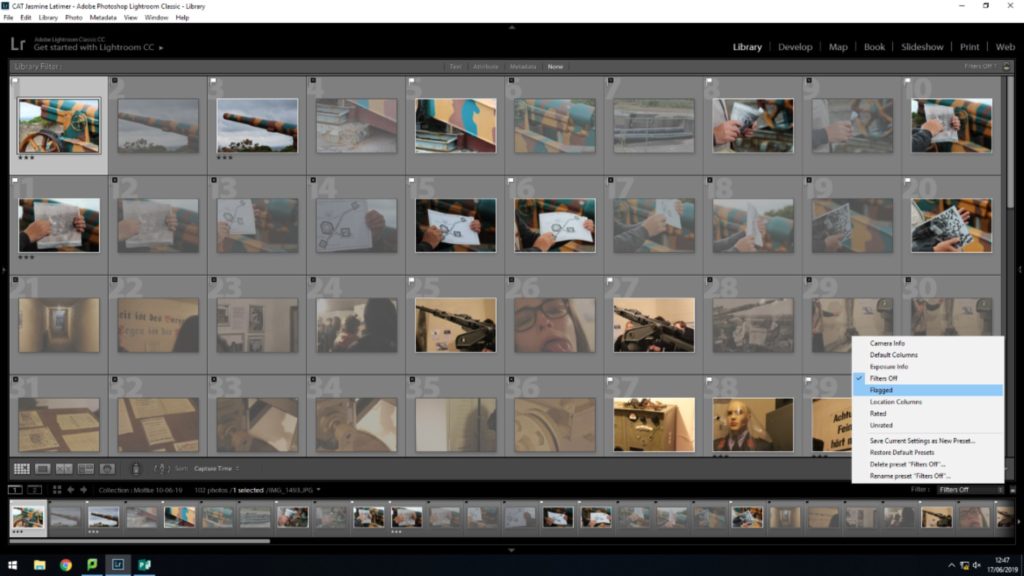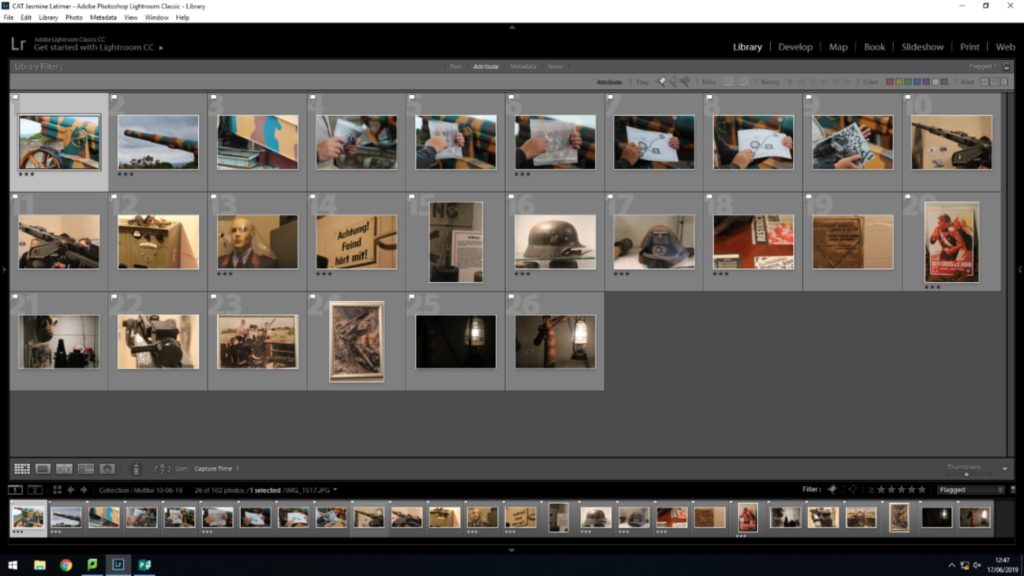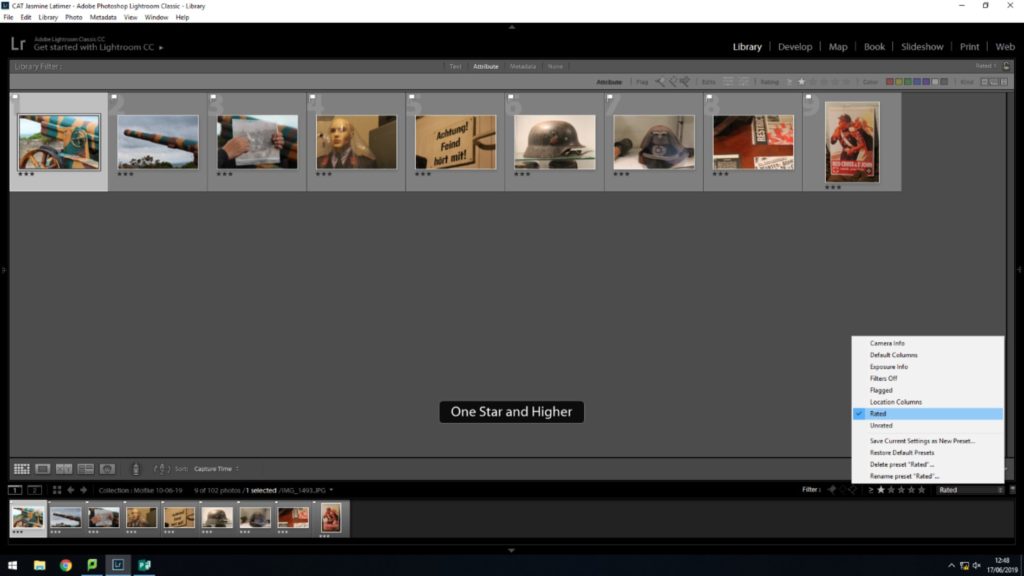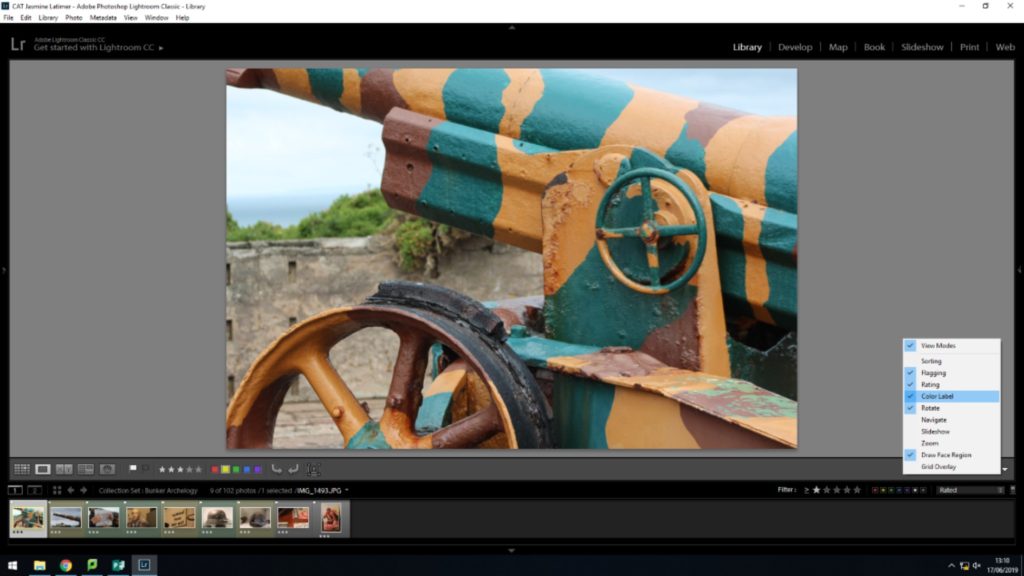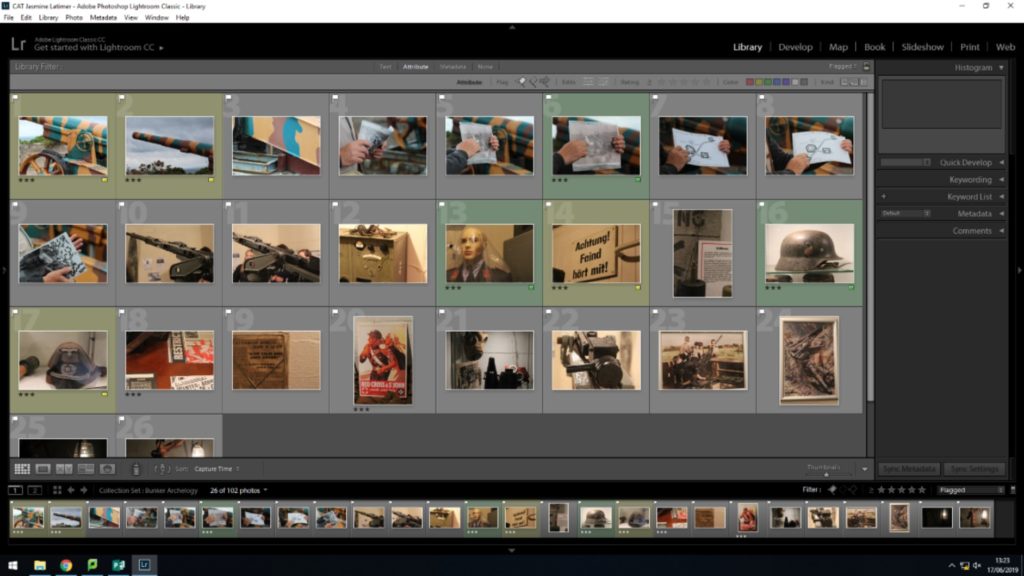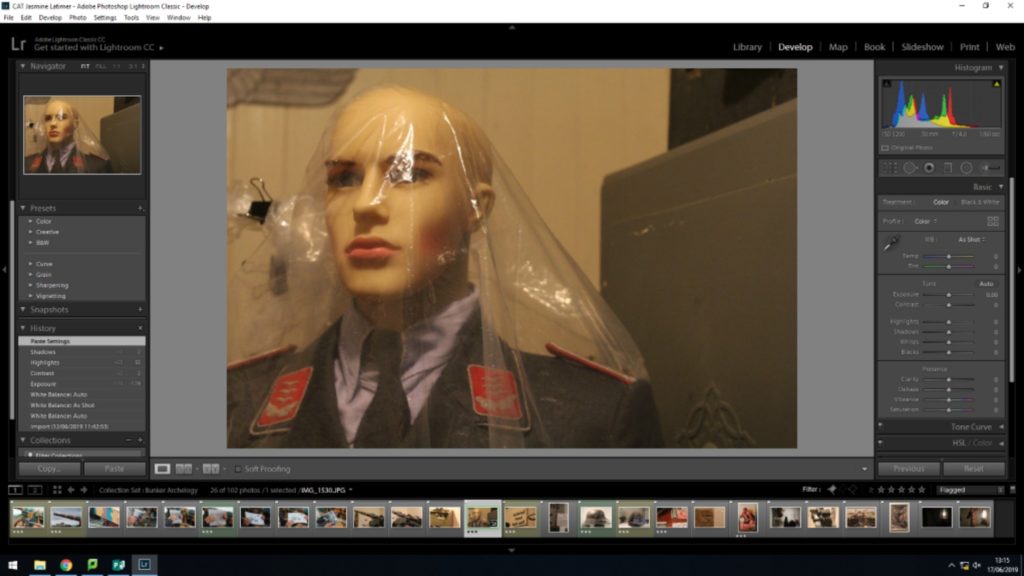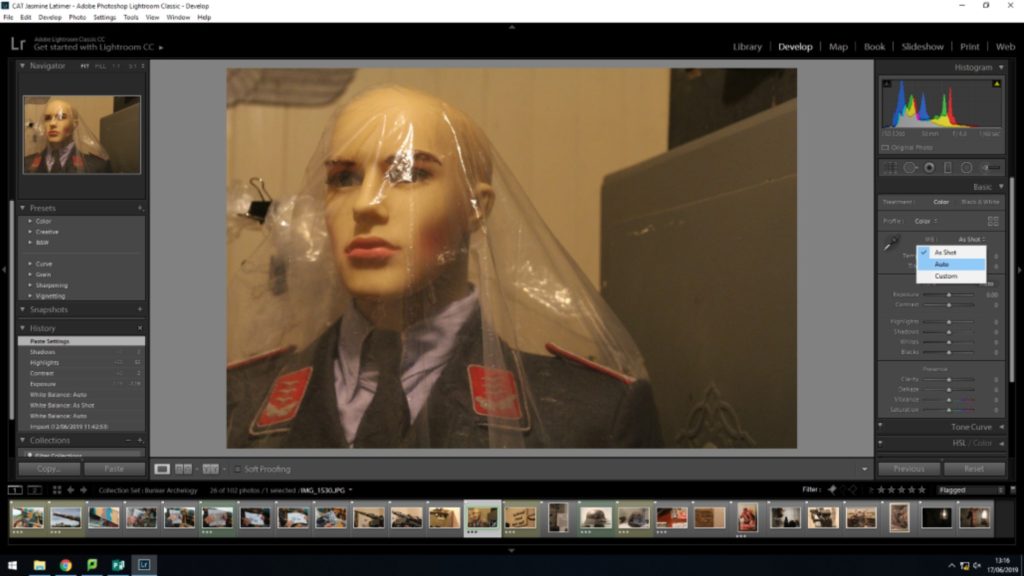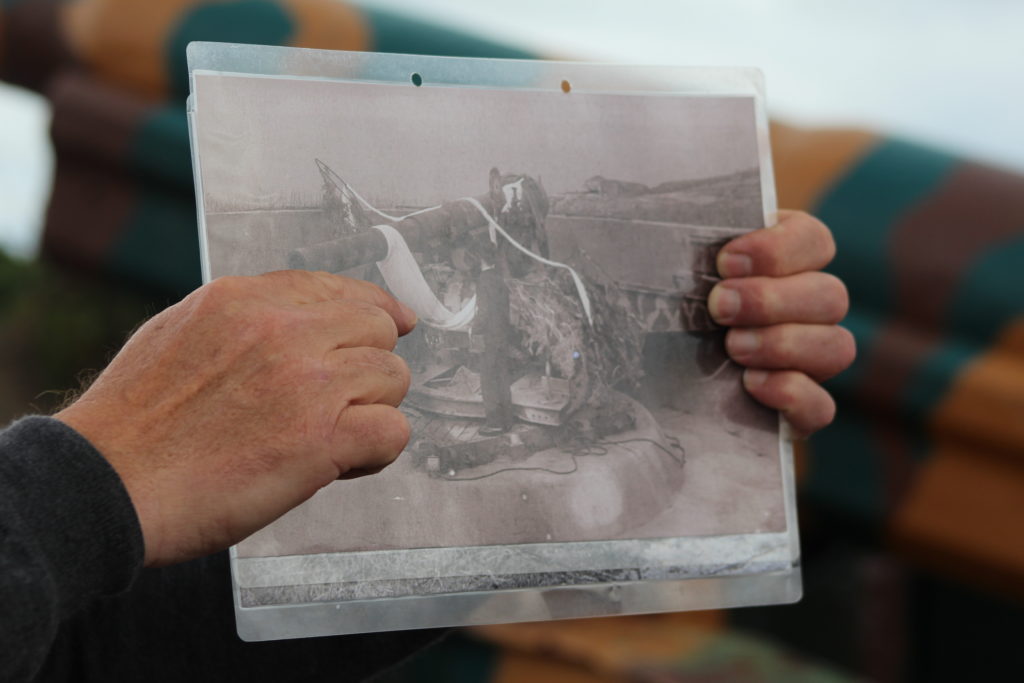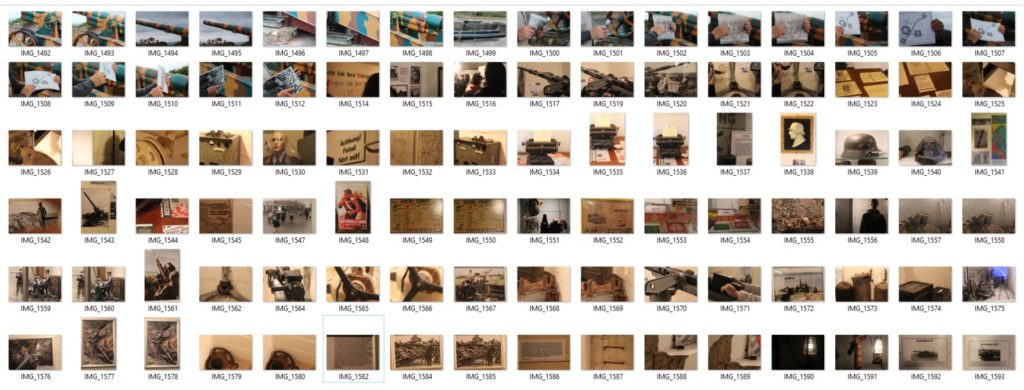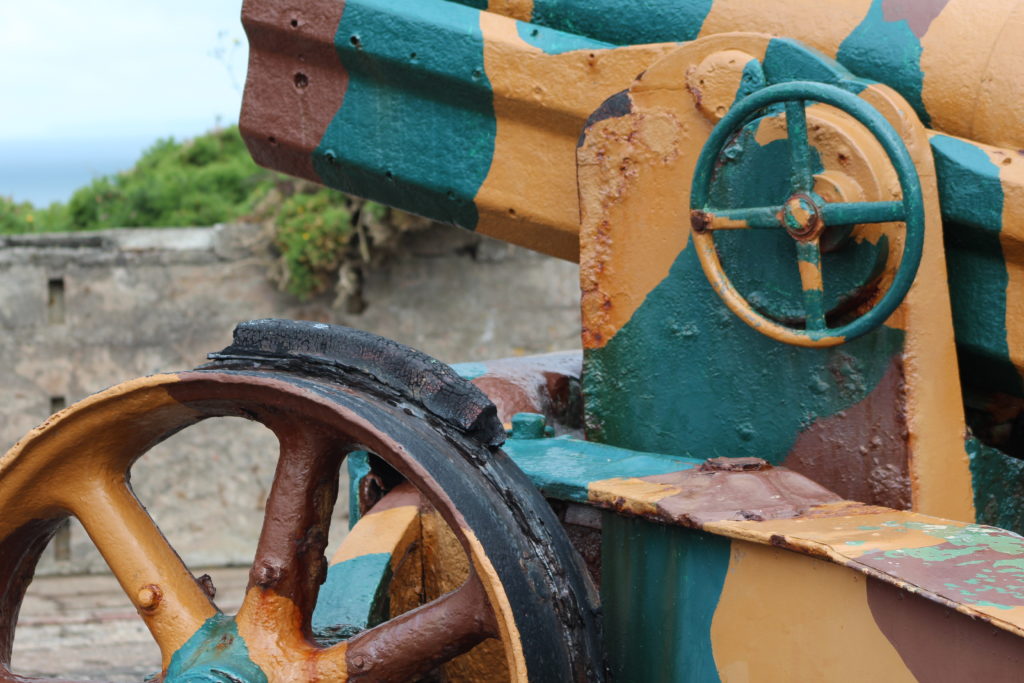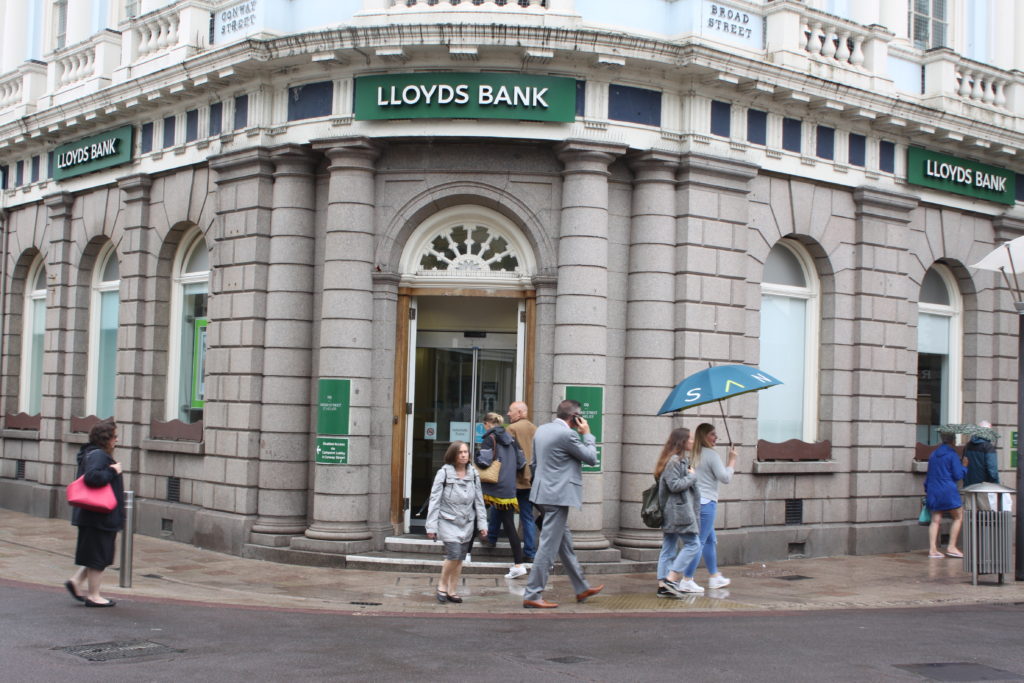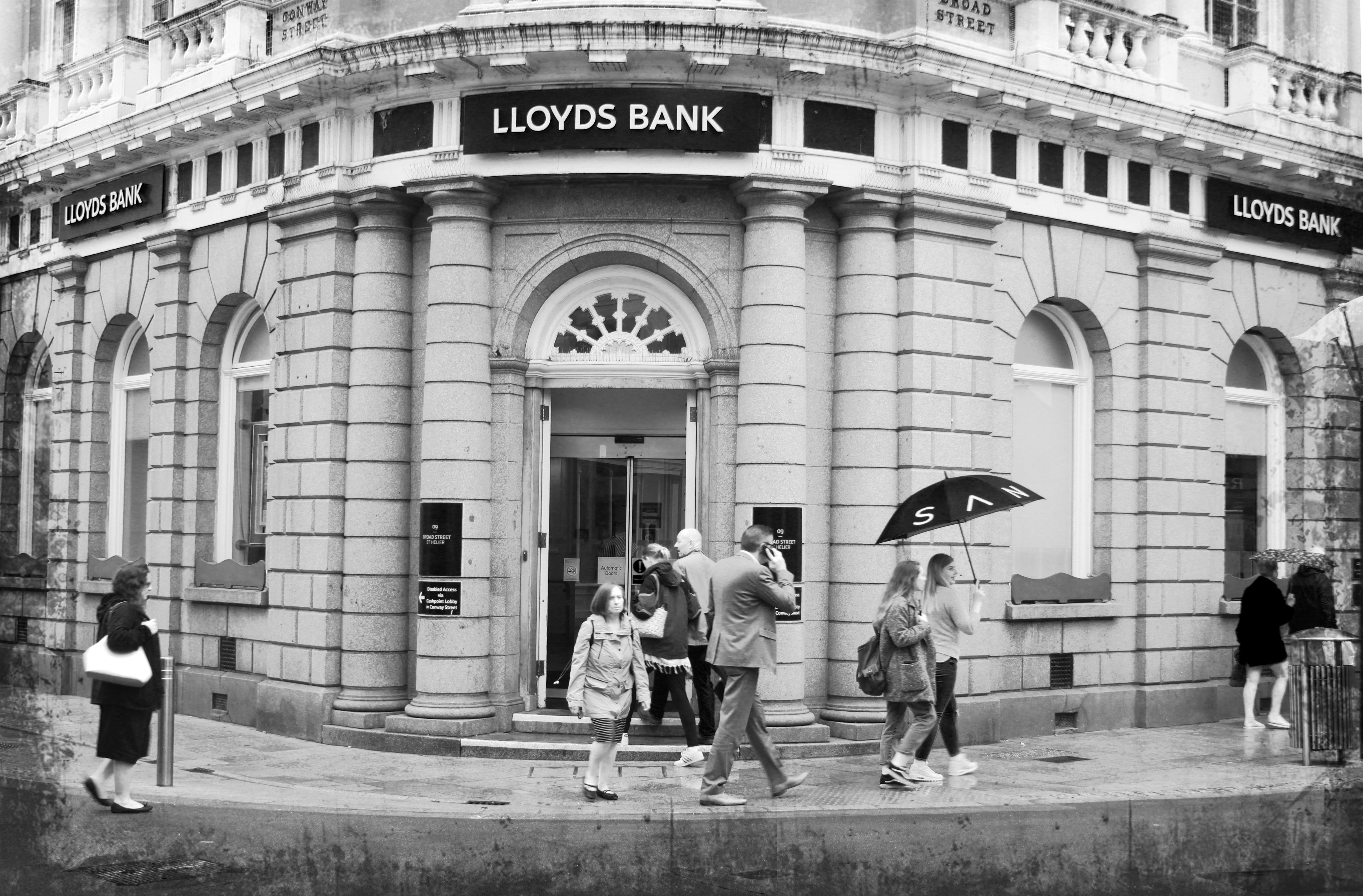Now initially the first question I should be asking is, what an archive is; well an archive is a collection of historical documents or records providing information about a place, institution or group of people. In this case The Jersey Occupation will be the main area of concentration when considering artist and time period (1940-1945). The particular archive I will be interested in is called Societe Jersiaise’ in which I visited on the 4th of June, this helped provide me with a first-hand understanding of what an archive and how to approach them. The Société Jersiaise was founded in January 1873 by a small number of prominent Islanders who were interested in the study of the history, the language and the antiquities of Jersey. Membership grew quickly and the aims of the new society soon widened to include the publication of historical documents, the founding of a Museum, and the study of the Island’s natural history. The first Bulletin Annuel was issued in 1875 and continues to be the main record of our activities. It was evident that the clear purpose of this archive was to hold Jersey’s most treasured historical imagery and documents dating way back to the Second World War, and originates from the beginning to the end of the war pretty much creating its own story to tell and highlighting the importance of the event, alongside the impact it had on Jersey and the impact it will always have on Jersey. The actual practice of keeping official document is an extremely old ritual dating all the way back to the third and second millennia BC in sites like Ebla, Mari and Pylos, this gives a clear understanding of the significance an archive has on the current historical phenomenon. Archives work in the way of storing photos and document on a computer but in this instance it’s all original copy’s carefully kept away and stored, some so precious they are to only be touched with white fabric clothes to avoid finger marks being left behind on a possible major historical in detail photograph and document. So in the case of the Societe Jersiaise it stores hundred and even thousands of images dating although back to when the archive first opened in 1873. However the period we are interested is much more recent, it still hold a large percentage of images and documents stored in this particular archive when in concern with the Second World War. When we look at all these images being stored, its gets us thinking that clearly there are some historical and significant photographers to thanks for the documentation that has helped us to helped understand and develop our understanding of this particular time frame in Jersey, for example, William Collie. William Collie was most likely to be one of the original photographers to use Fox Talbot’s calotype process in Jersey. Linking some of his unrelated previous work that can be found in exhibition at the Musee Dorsay in Paris, first presented in 2008. Collie was born in 1810 in Scotland and moved to jersey just before 1850 to peruse a business before diverting his work to art, but given his undoubtedly significant position in the beginning years of British photography, incredibly he was not very well known and there is little evidence of his work. Alongside many earlier photographers he started his work as a portrait painter leading onto photographic work, which lead his to produce one of his more famous pieces he made in a series of genre calotype portraits depicting ‘French and Jersey Market Woman’ which has an extremely positive response by the photography critic of the Art Union in June 1847, later being exhibited at the London Great Exhibition in 1851. When in relation to the Société Jersiaise, there is a total of 157 photographs stored by William Collie, although none in which can be viewed online, this could be due to the oldness of the images which have been all said to be the copyright of the Royal Photographic Society. One of those listed in the Société Jersiaise Photographic Archive is a photograph of Elie Jean Filleul, who died aged 102 in 1851. Most of the recorded images in the archive are listed as portrait however there are around four which are presented as landscapes of Jersey, its said that they feature Mont Orgueil Castle, Gorey, Midvale Road and houses along Queens road all with a date around 1845-1850, clearly holding a historical value. Alongside William Collide being an extremely iconic historical photographer, we also have a man named Albert Smith. Albert Smith was from Liverpool and moved to Jersey in 1892 to start business work, and then turned to photography. It said that thousands of his images survive as glass plate negatives, with his main subjects being known to either be portraits or cattle portraits that were produced in to post cards bought by many. As well as him and his staff strongly working on commissions they also looked in to jersey’s island life capture significant scenes which they believed to portray the beauty of the island itself. It’s reported that around 3300 of Albert Smiths images are stored at the Societe Jersiaise, and that 2000 images of his can be reached online. Although Albert Smith’s photographs were made for the public to purchase and in addition to those in a negative format in the Societe Jersiaise archive there is undoubtedly many of his photographs circulating the island and around the world. These two photographs hold a key importance in the history of the Jersey archive and it is important that their work continues on. From all this research has had given a much better understanding to the importance of an archive and has lead me to be interested to explore my own history. This will help me with my project as it will give me the opportunity to really relate to the idea of family history and the changes that have happened to me and the world. I would like to think that by looking at my own image it will help provide a type of style and context that I can continue forward in my personal study, leading to a better appreciation for the overall project- this is extremely important to me as it will help develop my skill and will grow my thought to look outside the box for inspiration. By looking into more depth about archives it has lead me to have a higher appreciation and understanding for history and the preciousness it holds to many islanders and families, it has also given me the opportunity to further my knowledge and look more deeply in to my personal study’s and where I would like to move forward with my project in to the Occupation. This is essential as it will help focus my images and ideas to achieve the best outcome I can get through the history of Jersey and the support that can be reached at any point from the Societe Jersiaise.

William Collie


